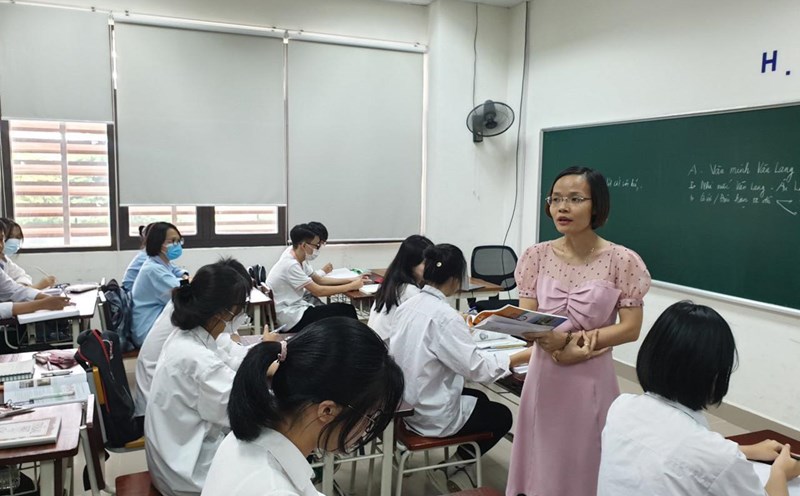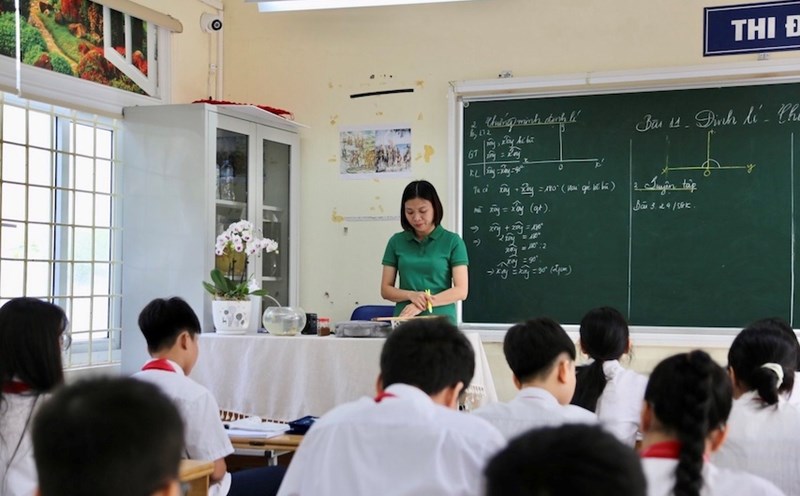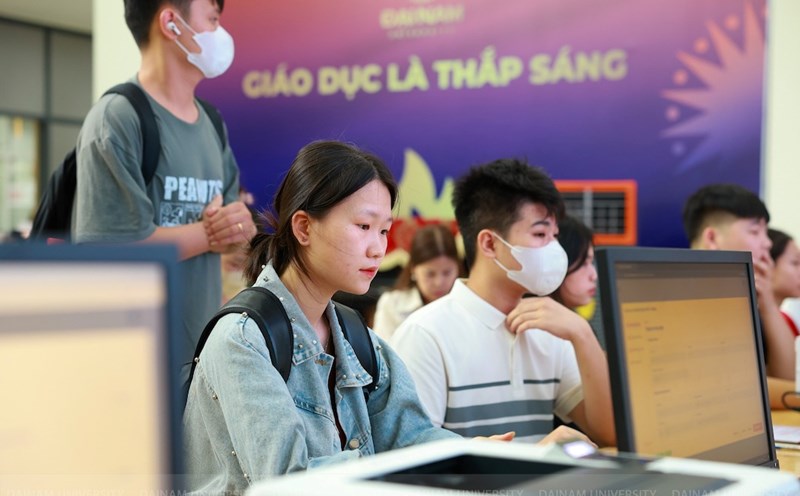From "learning to resist" to unified education platform
The period of 1945 - 1954 was a special and challenging period in the history of the nation. The Government considers eliminating illiteracy and education shock as an urgent task, serving the resistance war and the country.
Immediately after the Revolution, the top urgent task of "detecting the enemy" was strongly implemented through the Binh Dan Hoc Phuc movement, turning the study of the National Language into a mandatory and free obligation for all people. At the same time, a completely new education system is shaped, based on three core principles: Ethnicity (taking Vietnamese as the main language); khoalization (opposed to the teaching style) and popularity (serving the majority of people).
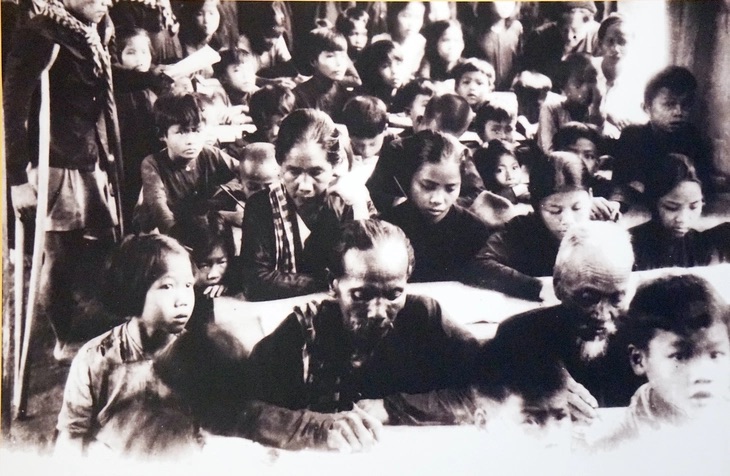
As the resistance war spread, education had a strong transformation, becoming a real front with the motto "Learning to resist". The pinnacle of this shift is the Comprehensive Education Reform in 1950 to build a new, unified and connected education system, directly serving the future war and national construction. The reform has replaced the 12-year general education system with a more compact 9-year system, while rebuilding the entire curriculum and textbooks in a practical, scientific and national spirit direction.

The achievements achieved during this period are of great significance, not only contributing to the decisive victory of the resistance war but also laying a solid foundation for the development of Vietnamese education in the following stages.
The period 1954 - 1975 was a major turning point in Vietnam's history, when the country was divided into two regions with two opposite institutions and development paths.
In the North, the most outstanding achievement of education at this stage is the basic elimination of illiteracy. By 1958 93.4% of people aged 12 - 50 in the plains and midlands could read and write. This is the basis for improving people's knowledge, developing the country's culture and economy.
Even during the war, Northern education remained stable, ensuring "uninterrupted learning". The scale of education has increased steadily, the number of high school students increased from more than 4.6 million (1972-1973) to more than 5.2 million (1974-1975).
In the South, in the liberation zone, revolutionary education has proven its flexibility and perseverance, built a network of democratic schools, trained cadres to serve the resistance war, printed and disseminated millions of textbooks. The number of students increased from about 10,000 (1960-1961) to about 84,000 (1964).
The period of 1975 - 1986 is a special historical journey, marking the extraordinary efforts of the Vietnamese education sector.
One of the important achievements of education at this stage is the successful unification of the national education system; maintaining and expanding the scale of education; success in eliminating illiteracy and improving people's knowledge; building a system of comprehensive education policies and guidelines.
This is a heroic but also challenging chapter in the history of Vietnamese education. The industry has successfully completed the historical mission of unifying the national education system, contributing to strengthening national unity. However, difficulties in quality and resources require more comprehensive innovation, not only in education but also in socio-economics, paving the way for the next stage of the country's development.
Comprehensive innovation, integration and digital transformation
The period 1986 2000 was a turbulent historical journey, witnessing the strong transformation of the country and Vietnam's education. From the crisis, the Party-led renovation has helped the country overcome difficulties, recover and develop rapidly, creating a foundation for development in the new century. In conjunction with the country's innovation process, the education sector has made efforts to innovate, not only overcoming the crisis but also having important developments, playing an increasingly greater role in the cause of national construction and development.
The scale of education has declined with the high rate of dropouts at all levels. The teaching staff is in crisis because of difficult lives, leading to a wave of job dropses. With a shortage of and degraded facilities, the situation of "vehicle teaching and learning" has become common. The industry has made efforts to limit recession, find a way to innovate to stabilize.


During this period, the Vietnamese education system has achieved fundamental achievements with many outstanding achievements such as: Legal framework and educational institutions are gradually being improved; The national education system is restructured and developed synchronously; Complete the popularization of primary education and eliminate illiteracy by 2000, deploy the popularization of secondary education; Educational facilities and environment are gradually modernized; The team of teachers and educational managers develop both in quantity and quality; Success in socializing education and diversifying types and forms of education; Initially innovating content, programs and educational methods; Promoting international cooperation in education, etc.
Along with the country's renovation, the education sector has made efforts to overcome the crisis, recover and develop, and achieved great achievements. Despite limitations and difficulties, the achievements in expanding scale, perfecting institutions and promoting socialization, diversifying types and international integration have created a solid foundation for the Vietnamese education sector to continue implementing more comprehensive innovations in the 21st century.
Many breakthroughs for comprehensive education development
From 2000 to 2025, Vietnamese education will constantly innovate, proactively and flexibly take many breakthrough steps, creating a comprehensive education, ready to adapt to the development of the times.
In the early 2000s, the education sector focused on expanding its scale; from 2011 to 2020, the sector shifted to fundamental and comprehensive innovation of education, enhancing the application of information technology and international integration. After 2020, in the face of complex changes, the industry has had breakthrough solutions to maintain educational activities, affirming its key role in the development of the country.
The educational network from kindergarten to university has been expanded and completed, facilities are increasingly modern; the number of schools meeting national standards and non-public educational institutions has increased rapidly, creating diversity in types.
Completing universal education: Primary and secondary schools are maintained firmly, many localities have phoised high schools, and especially in 2017, Vietnam recognized the completion of pho thonglization of preschool for 5-year-old children with nearly 99% of children going to school.
The scale of education and training has developed strongly. The rate of students going to school at the right age has increased, the number of dropouts has decreased significantly; by 2020, about 70% of workers who have been trained for vocational training will be granted certificates; the number of students/10,000 people will increase from 117 (2000) to more than 200 (2010 and will continue to increase afterwards.
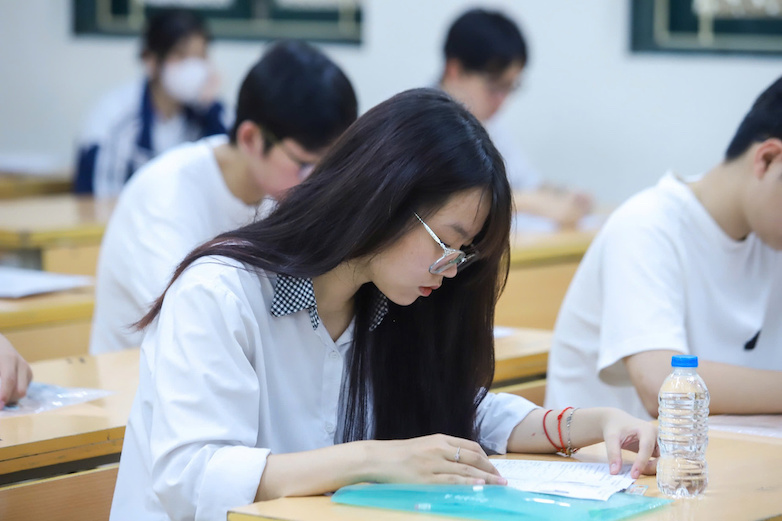
Complete the first cycle in implementing the 2018 General Education Program; vocational education is more closely linked to market demand; universities expand autonomy, quality accreditation and have many programs that meet regional and international standards.
Education equity has been improved thanks to policies to support poor students, disadvantaged areas, and ethnic minorities, helping to increase the enrollment rate of disadvantaged groups.
According to the Ministry of Education and Training, looking back at the journey of 2000-2025, Vietnamese education has made strong changes with many important achievements, notably the completion of popularization and fundamental comprehensive innovation of education and training. Entering a new phase, in the context of extensive international integration, continuing to innovate becomes urgent.
Therefore, comprehensive digital transformation, enhancing autonomy and tightening linkages between schools and society are strategic tasks to build high-quality human resources, meeting the requirements of sustainable development of the country.

